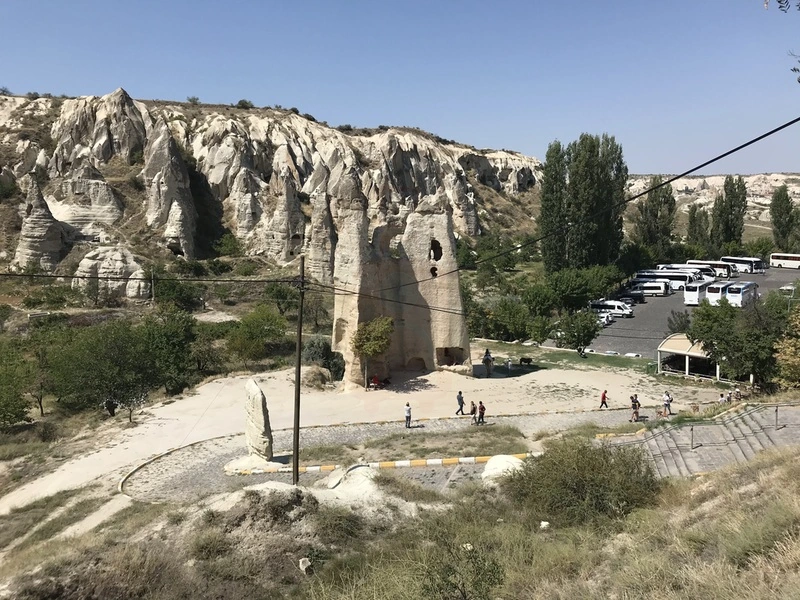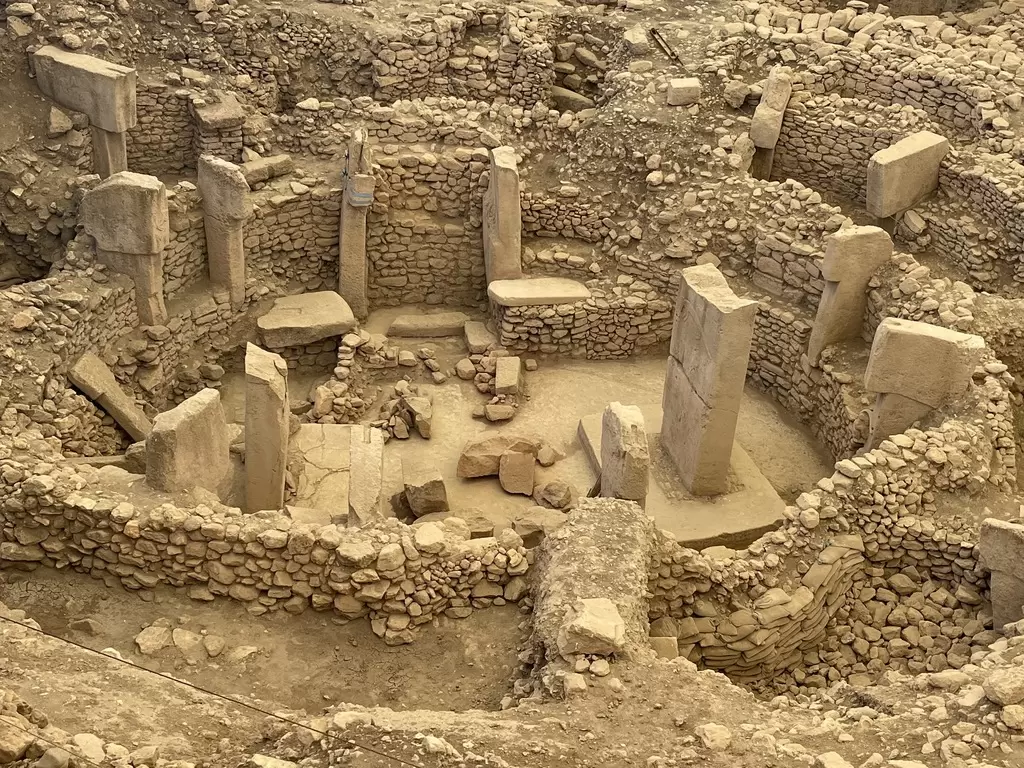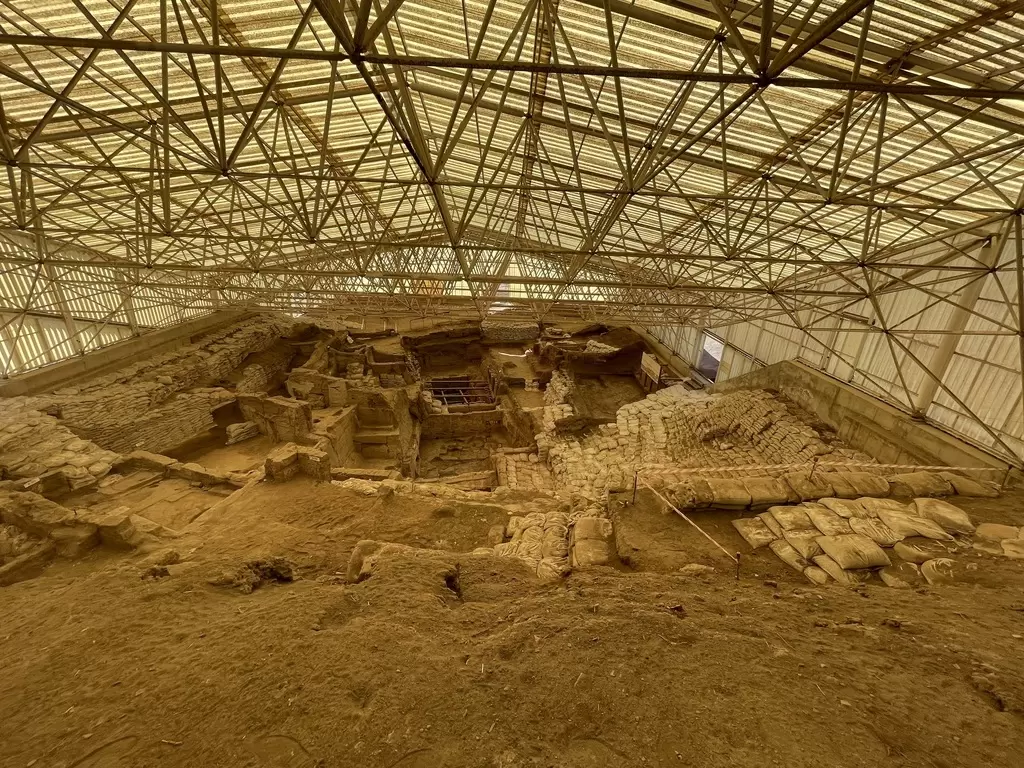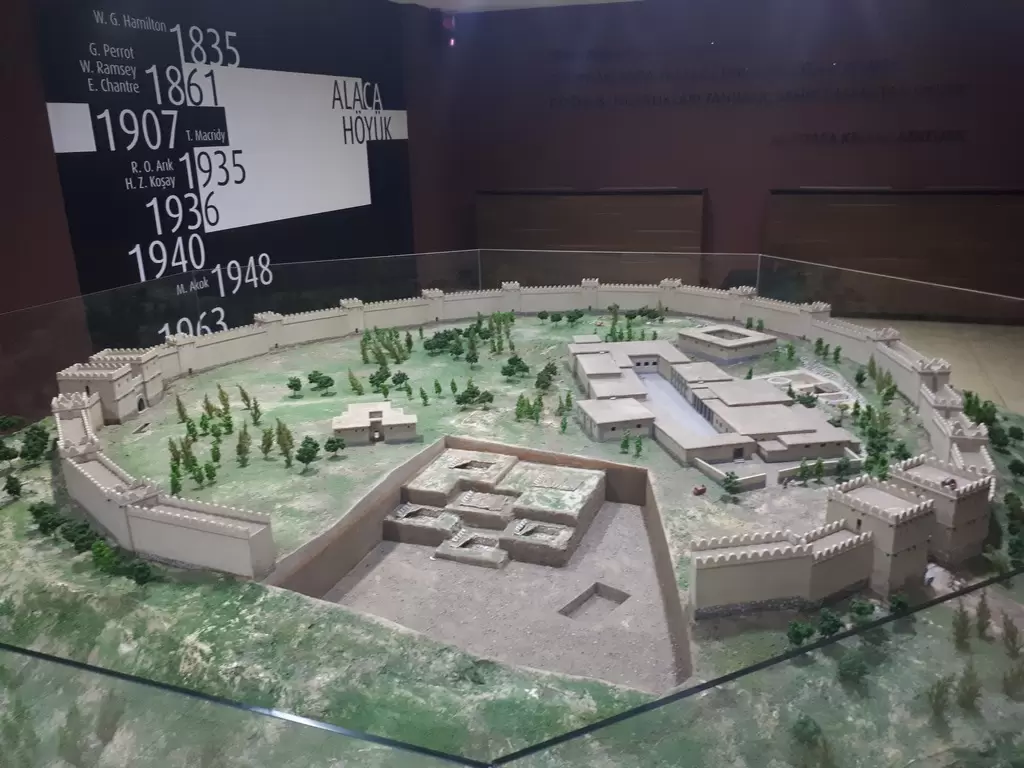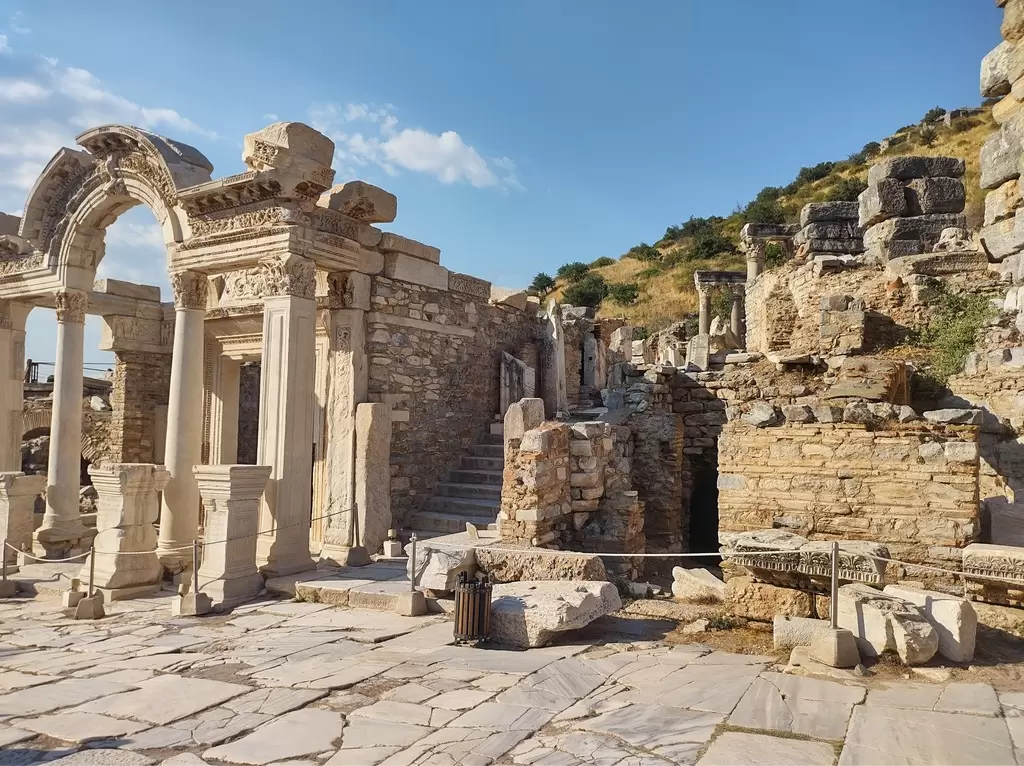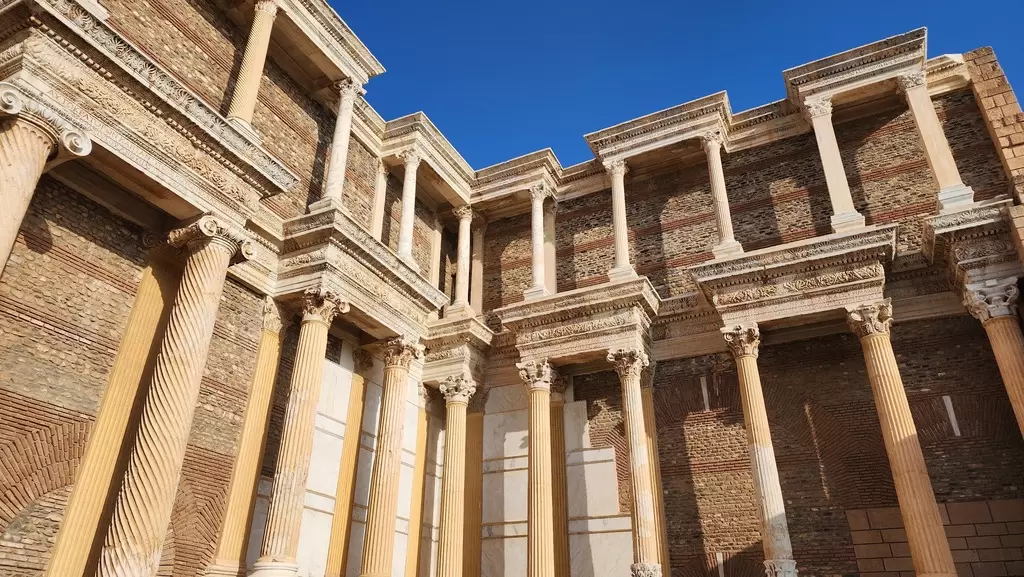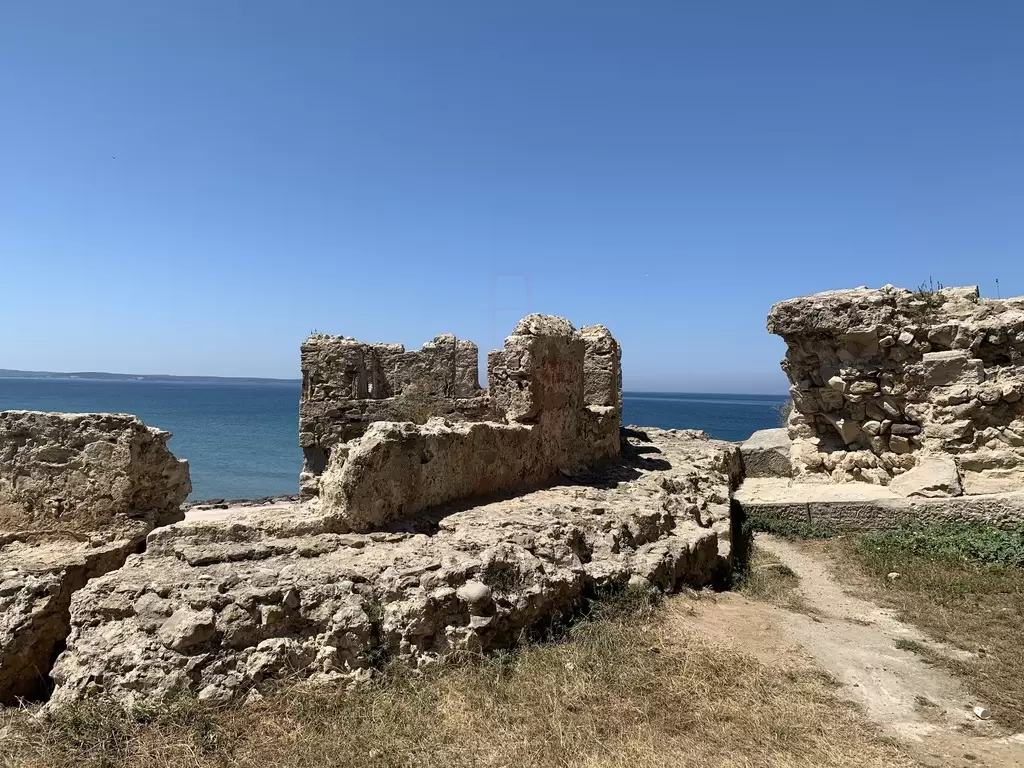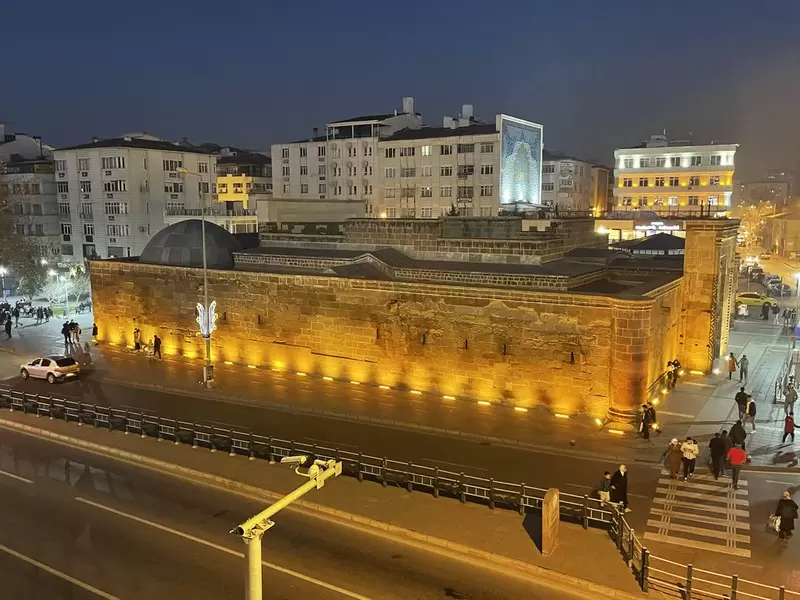
The Anatolian Seljuk State, also known as the Sultanate of Rum, was a significant political entity that emerged in the late 11th century after the Seljuk Turks defeated the Byzantine Empire at the Battle of Manzikert in 1071. This victory opened the gates of Anatolia to Turkish tribes and marked the beginning of a new era in the region. The Seljuks, originally from Central Asia, established their rule in Anatolia, creating a vibrant culture that blended Turkish, Persian, and Islamic influences.
Under the leadership of Sultan Suleiman ibn Qutalmish, the Seljuk State expanded rapidly. The capital was initially set in Nicaea (modern İznik) and later moved to Konya, which became a cultural and political center. The Seljuks developed a sophisticated administrative system, allowing them to govern diverse populations effectively. They also established a network of trade routes that linked Anatolia to other parts of the Islamic world and Europe, enhancing economic prosperity.
The Anatolian Seljuk State is renowned for its architectural achievements. The construction of mosques, caravanserais, and madrasas during this period exemplifies the artistic and cultural flourishing. Notable structures include the Great Mosque of Kayseri, the Alaeddin Mosque in Konya, and the Stone Mosque in Aksaray. The Seljuks also contributed significantly to science, philosophy, and literature, promoting scholars such as Ibn al-Nafis and Nasir al-Din al-Tusi.
The Seljuks practiced a policy of tolerance toward various religious communities, allowing Christians and Jews to coexist alongside Muslims. This approach fostered a rich cultural exchange that influenced art, science, and philosophy. Additionally, the Seljuks were instrumental in the development of Turkish literature, with works written in both Persian and Turkish.
Despite their accomplishments, the Anatolian Seljuk State faced numerous challenges. The rise of the Mongols in the 13th century posed a significant threat, leading to invasions that weakened the state. The Crusades also placed pressure on Seljuk territories, with European powers seeking to reclaim the Holy Land. Internal conflicts further undermined the Seljuk authority, leading to fragmentation and the rise of local beyliks.
By the late 13th century, the decline of the Anatolian Seljuk State became evident. The last sultan, Alaeddin Keykubad II, struggled to maintain control over the increasingly fragmented territories. The Mongol invasions, particularly the sack of Baghdad in 1258, destabilized the region and contributed to the Seljuks' decline.
The fall of the Anatolian Seljuk State paved the way for the rise of the Ottoman Empire. Many of the local beyliks that emerged in the vacuum left by the Seljuks eventually came under Ottoman control. The legacy of the Anatolian Seljuks is evident in the cultural and architectural heritage of Turkey today, influencing subsequent generations and shaping the identity of the region. Their contributions to art, science, and governance laid important foundations for the flourishing of Turkish culture in the centuries that followed.






